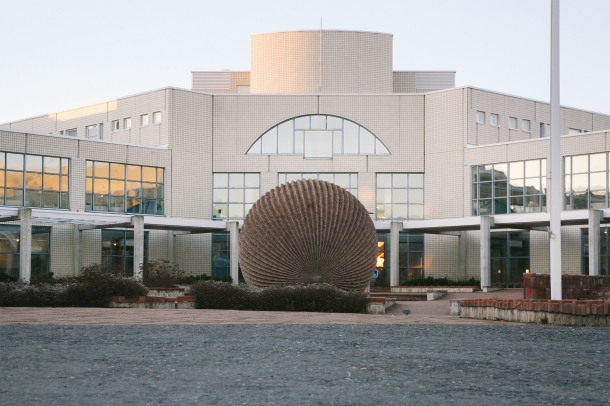Intel and Nokia to develop 3D mobile UIs

Intel and Nokia are to collaborate on developing new mobile user interfaces that use 3D graphics and virtual worlds, and have established a joint research laboratory in Finland.
Opened on Tuesday, the Intel and Nokia Joint Innovation Center is housed at the University of Oulu's Center for Internet Excellence and forms part of Intel's European research network. The results of the centre's work, which will use Intel and Nokia's MeeGo Linux mobile operating system for development and will focus on glasses-free 3D technology, will be open source.

Intel and Nokia's Joint Innovation Center is housed at the University of Oulu's Center for Internet Excellence. Photo credit: Intel/Nokia
"3D technology could change the way we use our mobile devices and make our experiences with them much more immersive," Nokia chief technical officer Rich Green said in a statement. "Our new joint laboratory with Intel draws on the Oulu research community's 3D interface expertise, and over time will lay down some important foundations for future mobile experiences."
Speaking in a conference call on Tuesday, Center for Internet Excellence director Heikki Huomo said around two dozen local researchers would work in the new labs, and "work pretty much starts now".
"The first project is on 3D mobile interfaces and virtual worlds used in the mobile environment," Huomo said, adding that Intel and Nokia have initially committed to support the labs for three years. "The lab builds on our strong 3D development community — the open source virtual reality platform RealXtend was created in Oulu."
Pressed on the issue of intellectual property, Huomo stressed that there was "a strong commitment that the research results end up in open usage, as MeeGo is an open-source platform and the research results are to be published on an open-source licence basis".
Martin Curley, the director of Intel Labs Europe, said in the call that Intel sees "significant opportunities as the 3D internet emerges". He also hinted that the new labs' work could lead to "a new Nokia product on some future Intel architecture", or "a new user experience across many different technologies".
Asked how Intel's current efforts to put the x86 architecture into phones was going — the most recent example is the Moorestown Atom processor, which has yet to make it into a production handset — Curley said there are "many hundreds of activities around the world that are in flight to help us achieve that specific objective".
The first application for technology developed at the new labs could be a system to control a home's heating and lighting using a mobile device, said Nokia's director of strategy, alliances and partnerships, Mika Setälä. He added that the researchers were "not going for the point-and-click mouse paradigm" in user interfaces.
Setälä said the researchers would be "putting in a lot of effort" to find out how the virtual-world user experience, as exemplified by Second Life, might translate into the mobile environment.
Curley also noted that the new lab would partner with Intel's other European research centres, particularly its Visual Computing Research Center in Saarbrucken in Germany.
"We're seeing around the world a proliferation of bandwidth, both wired and wireless," Curley said. "Our role at Intel is to develop technologies that compute ever faster, communicate ever faster and consume less and less power. Intel is investing heavily in R&D efforts in Europe — this will be our northernmost lab and our twenty-second lab in the Intel Labs Europe network, which has more than 900 employees."